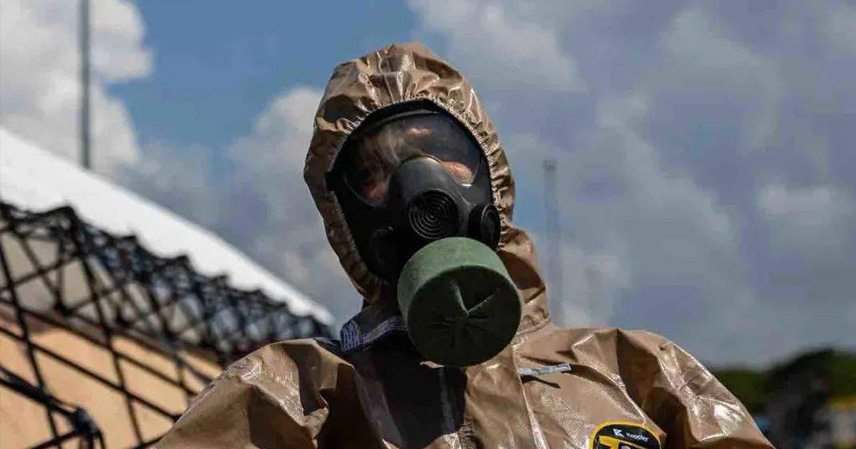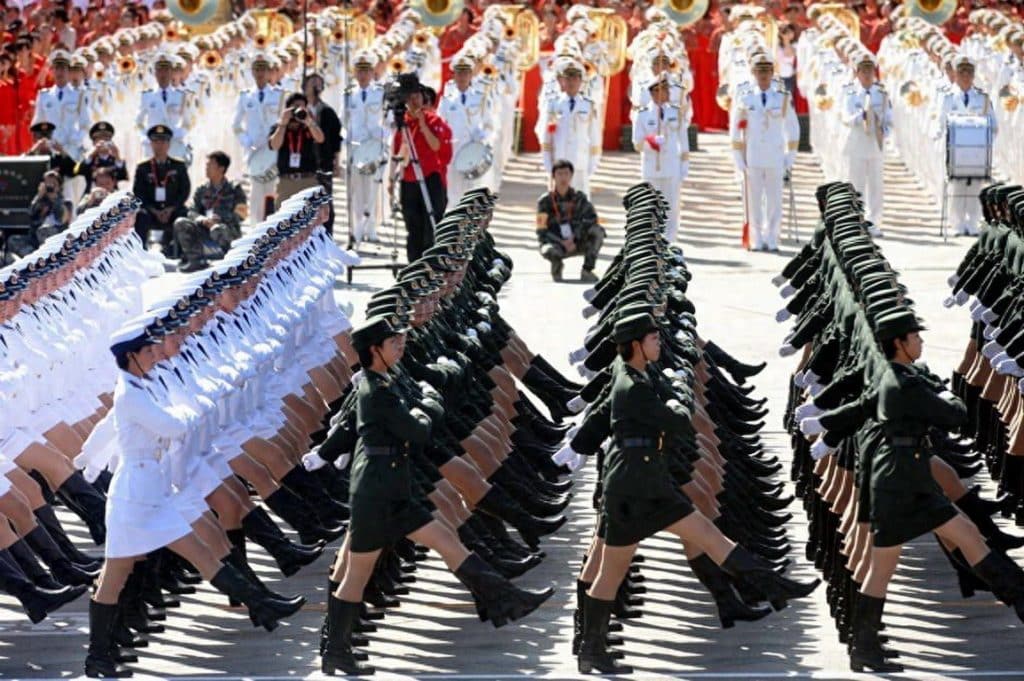Europe’s largest nuclear power plant is now at its most dangerous moment since the Russia-Ukraine conflict began. If you think war itself is already bad enough, you may not yet realize that a nuclear crisis capable of reshaping Europe’s future is quietly approaching.
A Plant on Life Support
The Zaporizhzhia Nuclear Power Plant (ZNPP) is now like a patient removed from its ventilator, surviving only on diesel generators. Although all six reactors have been shut down, the nuclear fuel inside still generates heat and requires constant cooling, while monitoring systems cannot lose power for even a moment.
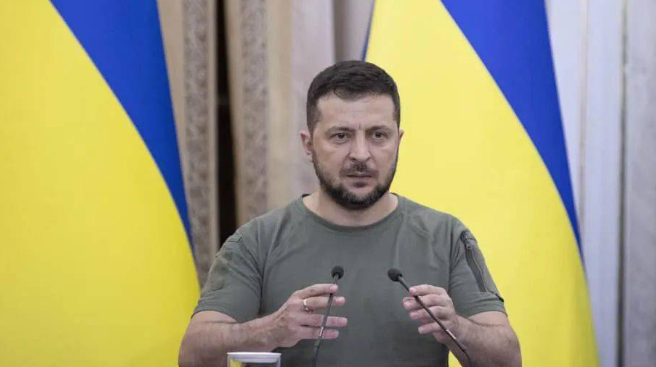
The latest blackout began on September 23, when the facility was completely cut off from external electricity supplies. Operators initially downplayed the danger, insisting there was “enough” diesel. But in a war zone, “enough” is a dangerous illusion—a single destroyed fuel truck could trigger catastrophe.
Diesel generators were meant only for short-term emergencies, not as the plant’s main power source for five consecutive days. As one Ukrainian environmental group put it: “This is no longer backup power. This is survival.”
The real fear: if cooling or safety systems fail, the consequences would not just be radiation leaks, but potentially an uncontrollable nuclear disaster.
A High-Stakes Gamble
Can the machinery endure? Can the exhausted personnel keep working under shellfire? No one dares give guarantees. Reports suggest plant staff are under extreme psychological strain, working in constant fear that the next shell could hit a power line or fuel depot.
Before the war, Zaporizhzhia supplied 20% of Ukraine’s electricity. That means it is not only a nuclear facility, but also a critical energy lifeline. A breakdown would devastate Ukraine’s power system in addition to creating a nuclear hazard.
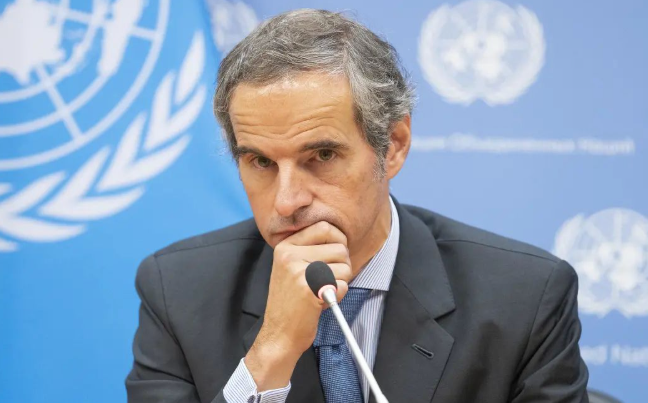
Blame Game Between Kyiv and Moscow
On the surface, this blackout looks like a technical failure. In reality, it is part of a political battlefield.
- Ukraine’s foreign minister directly accused Russia of deliberately sabotaging power lines, saying Moscow was using the nuclear plant as a “nuclear shield” to sow fear and pressure the world.
- Russia, in turn, accused Ukrainian forces of striking the grid, alleging Kyiv wanted to manufacture a crisis and pin the blame on Moscow.
Meanwhile, Ukrainian NGOs warn that Russia may be trying to integrate the plant into its own power grid, effectively absorbing Ukrainian energy assets under the guise of occupation.
Regardless of who is responsible, the fact is clear: Zaporizhzhia has become an isolated island of nuclear risk—and a strategic bargaining chip in the war.
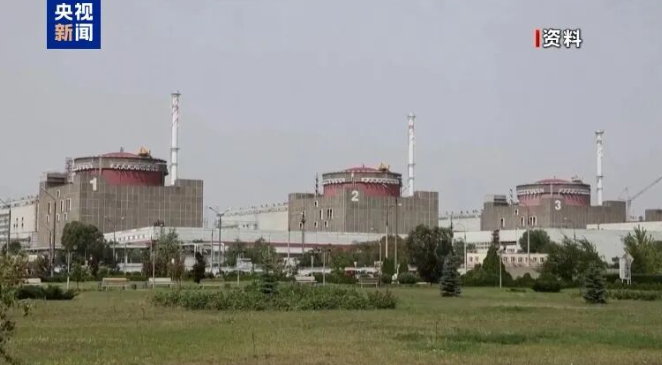
International Alarm but Limited Action
The International Atomic Energy Agency (IAEA) chief, Rafael Grossi, rushed to Moscow in recent days, hoping to negotiate:
- Restoring external power
- Securing safe operations
- Expanding IAEA expert presence on-site
But the reality is grim. The IAEA has no military force, no enforcement power—it can only observe, warn, and mediate. Warnings, however, have already been issued many times, with little effect.
The international response reflects this paralysis. The UN and major powers have urged calm, but tangible measures remain minimal.
- The U.S. and EU emphasize energy security concerns, fearing global fuel price shocks.
- China stresses that nuclear safety must not become a political weapon.
- Ordinary Europeans, however, fear something simpler: the nightmare of another Chernobyl.
A Crisis Beyond Borders
The Chernobyl disaster of 1986 still haunts Europe. Now, with Zaporizhzhia cut off from external power for five days, the fear is not exaggerated: if diesel runs out, Europe could face a far greater nuclear catastrophe, with fallout spreading across borders.
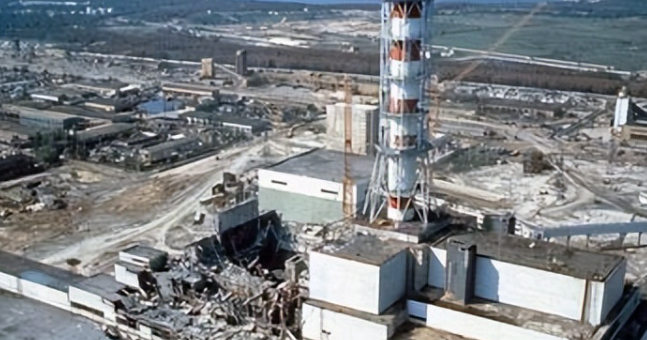
This crisis also reveals a painful truth: international nuclear safety frameworks collapse in wartime. Built for peace, they rely on trust and compliance—two commodities absent in a battlefield.
As of now, nobody knows how long the generators can hold. What is certain is this: keeping Europe’s largest nuclear plant alive on diesel fuel is a gamble with history itself. If it fails, the cost could be Europe’s future.
References:
- Global Times, “Zaporizhzhia Nuclear Power Plant cuts last external power line,” Sept 24, 2025
- China Energy News, “Zaporizhzhia Nuclear Power Plant: fully cut off,” Sept 24, 2025

